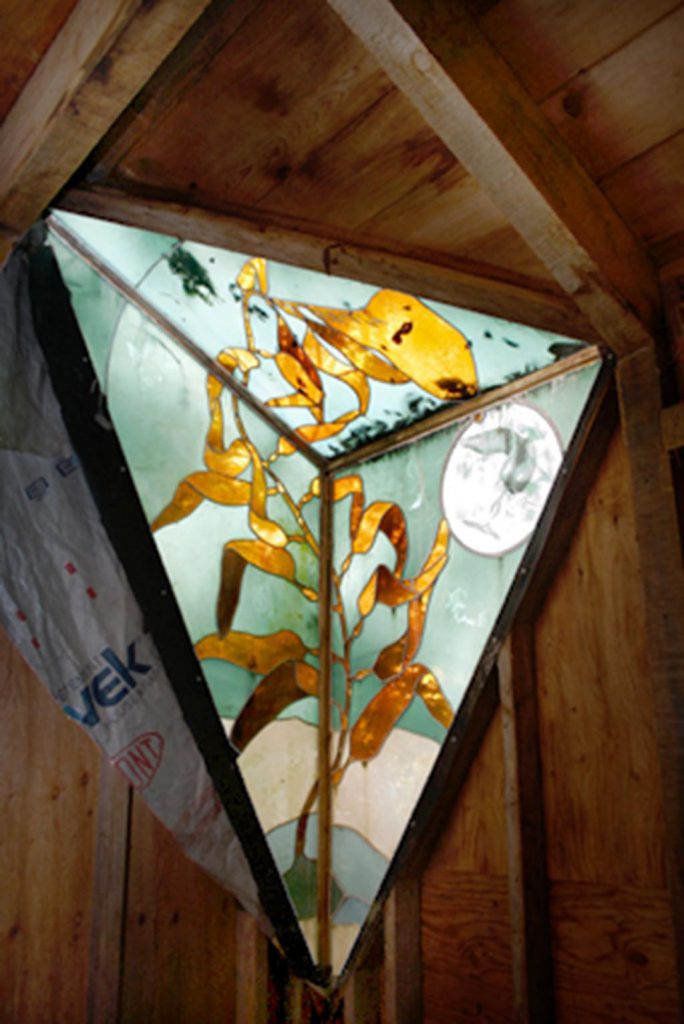About the novel
Cedar, Salmon and Weed (literary fiction, 337 pages) is the story of youths trying to break free from their parents’ expectations. The setting is an isolated fishing village, Bamfield, on the west coast of Vancouver Island, Canada, in the nineteen-seventies. Struggling to obtain their utopian dream, they will have moments of joyous labor and lofty idealism and moments of despair and drugged stupor.
Finally, after betrayal and death, a celebration of village life.
 photo:Tom Bird
photo:Tom BirdThe protagonist, Gaz, a Dutch immigrant, fights his arthritic body, his Dutch Reform Church upbringing, and those who would squeeze him out of his marijuana growing operation. His life is further complicated by affairs with a married Indo-Canadian woman and a stubborn redheaded marine biologist, and sessions with ghosts of Bamfield past and community elders. But all is not bleak. Riotous parties, the building of his cedar palace, and the wonders of marine discovery—colourful sea slugs, spiny urchins and gliding starfish, tiny sculpins and gigantic whales, critters of sand and mud and rock—all make life worth living.

photo: Tom Bird
This is the story I was meant to tell. Bamfield is my community and the situations and the characters represent the village well. Like Simon Winchester wrote in the New York Times, “A town so tight knit and far from mainstream society is full of hidden intrigues and eccentrics… Bamfield, with its extraordinary history, seems the perfect subject for a novel…”

Stained-glass window tryptych. Panels made at Pilchuk Glass School. photo: Tom Bird